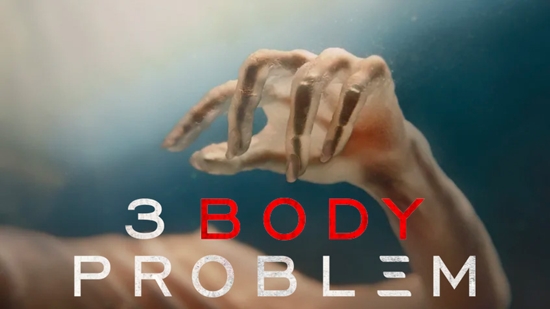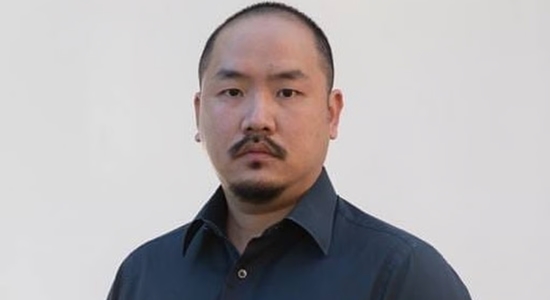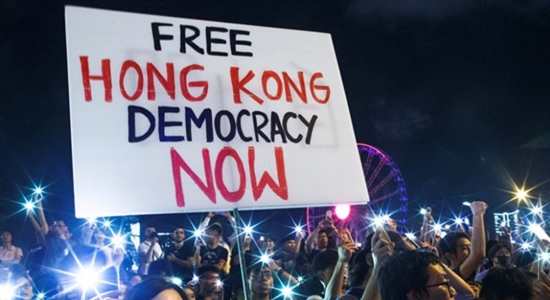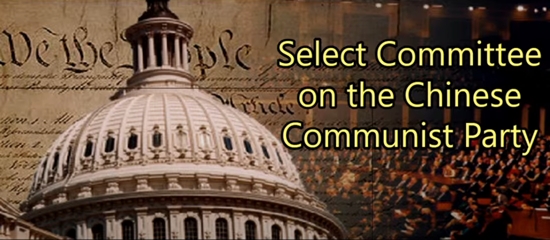
In addition to other problems, “3 Body Problem,” the Netflix adaptation of the Liu Cixin novel The Three-Body Problem, seems to have an aversion to hyphens and spelled-out numerals. But the series opens with a scene that according to Sean Keeley at The Dispatch is one of the ones most worth watching. A scene that is controversial for dumb reasons.
The opening scene has attracted particular attention. Set in 1966 Beijing during the Cultural Revolution, it harrowingly depicts a young Chinese student watching her father’s denunciation and murder at a mass struggle session. As a result, the young woman’s ensuing trauma kicks off a chain reaction that eventually leads to her welcoming an alien invasion. (It’s a long story.)
For some Chinese netizens, though, the scene was an American affront, an attempt to tarnish China by fixating on the ugliest part of its history. Other Chinese viewers, bucking the trend, expressed a guarded appreciation for the show’s honest treatment of the Cultural Revolution, which is handled more gingerly in the Chinese TV series. In the United States, meanwhile, some reacted with an overwrought analogy between yesterday’s Red Guards and today’s progressive activists, with one reviewer calling the scene “scarily reminiscent of where Woke is taking us.” Both of these interpretations are at best incomplete, if not outright wrong. Taken together, though, they suggest how the show has struck a nerve in both countries.
Fixating on history
Uh…“an American affront, an attempt to tarnish China by fixating on the ugliest part of its history”?
“Fixating,” here, is simply a pejorative way of saying “paying attention to.” In addition to beautiful things, history is full of ugly things that we must pay attention to if want to know what actually happened. For similar motives, the American William Shirer’s heavily documented Rise and Fall of the Third Reich was savaged by some in Germany for discussing the ugliest part of German history. (“In Germany, to put it mildly, the book did not fare very well with the reviewers,” Shirer reported in an afterword to later editions. “The Germans simply could not face up to their past. Led by the chancellor of West Germany, Konrad Adenauer, the book was furiously attacked and the author maligned. ‘A German-hater!’ Adenauer called me.”)
It is no sin to be familiar with the 900s section of the Dewey Decimal System. The present emerges from the past. To understand the present and prepare for the future, we must understand the past. This understanding has many uses, but one of them is to help us learn what to avoid or discourage and what to encourage and build upon. To prevent the evils that spring from human choices from happening again—or to recognize and counter them when they do recur, perhaps in different form—we must study history and make inferences and comparisons. We must understand catastrophes and the ideas and patterns that lead to the catastrophes.
For example, present-day totalitarian fascist China developed not in a historical vacuum but is one of the sequels of the entire past of China, including the murderous regime of Mao, launcher of the Cultural Revolution. The murderous regime of China’s present dictator, Xi Jinping—the legitimacy of which, reviewer Judith Shapiro once suggested, would be undermined if Dikötter’s Cultural Revolution: A People’s History, 1962-1976 “were widely circulated in China”—differs from Mao’s in important ways but also resembles it in important ways. We cannot know in what respects the two regimes are different but the same if we dare not examine the earlier regime for fear of antagonizing present-day apologists for Chinese tyranny. Though no substitute for a good history, cinematic dramatization may at least acquaint us with a past worth knowing about and inspire us to learn more.
Apt analogy
Maoism is one of the influences on Western leftists, including American leftists, whose antics these days are sometimes characterized as “woke” because of Marxist or neo-Marxist jabber about transcending “false consciousness.” When Keeley says that a comparison of today’s leftist activists to the Red Guards is “at best incomplete,” he is stating a truism: often, historical or social analogies cannot stand alone. One must provide relevant context and qualifying details. It is true enough that most leftist activists in Europe or the United States are not randomly murdering all who fail to fall in with the party line du jour.
On the other hand, the irrationally intolerant Red Guards and irrationally intolerant modern American leftists do share a certain mentality. So the analogy is not “outright wrong.” The worst elements of the modern left are headed in a certain direction, and it would be good to stop them from getting where they’re headed.





